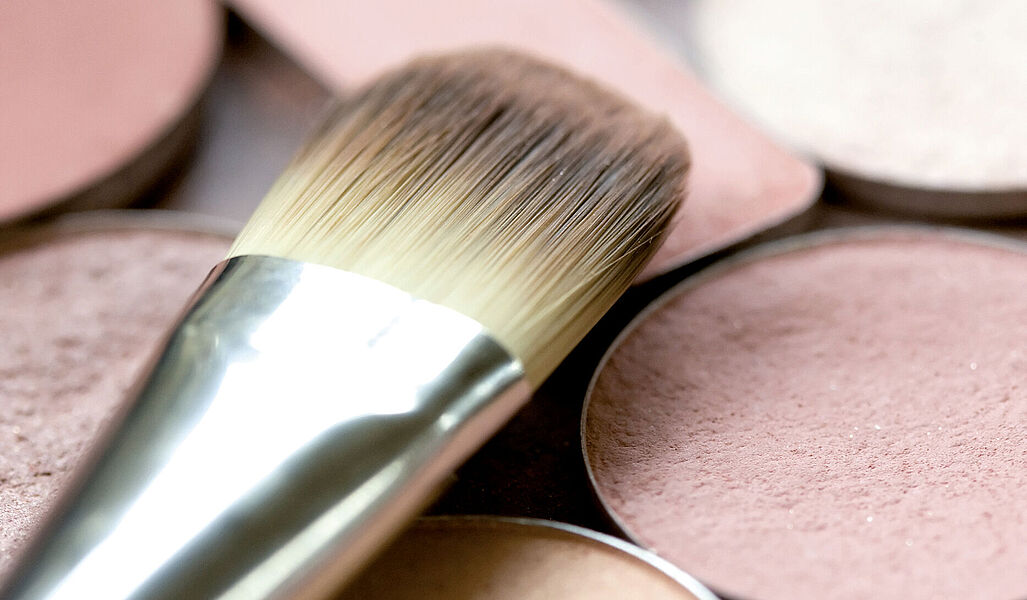Heavy metals in cosmetic products
The EU Commission reports weekly on dangerous non-food products in the market, through its rapid alert system RAPEX. Recent reports on heavy metal contamination, particularly in decorative cosmetics, have been conspicuous.

Yet how do heavy metals get into cosmetic products in the first place? These are often introduced into the cosmetic products by ingredients of mineral origin and/or by (colour) pigments. These include, for example, lead and cadmium.
They, and also other metals such as arsenic, are prohibited under Annex II of Regulation (EC) No. 1223/2009 (EU Cosmetics Regulation). However, maximum levels of metal impurities are not specified by law for cosmetic products.
Technically avoidable levels of heavy metals in cosmetic products
However, the BVL (Federal Office of Consumer Protection and Food Safety) provides recommendations for technically avoidable levels of the metals arsenic, antimony, lead, cadmium and mercury. Therefore, make sure that your products comply with these recommendations. To ensure this, our WESSLING experts support you with expert advice and the appropriate laboratory analysis. Our services also include the preparation of a corresponding safety report for your cosmetics.
Your contact
- Marc von Essen
- +49 2505 89-633
- cosmetics@wessling.de

„If traces of heavy metals are present in cosmetic products, this must be addressed in its safety report and proof must be provided that these are technically unavoidable. We will be there for you.“



